3 Better Bread Alternatives for Healthier Eating
Finding a healthy substitute for bread is essential for those with dietary restrictions or seeking more nutritious options.
Alternatives like whole grain wraps, lettuce leaves, or cloud bread provide low-carb or gluten-free choices while offering structure for sandwiches and snacks.
Each option delivers unique textures and health benefits that can enhance your meals.
Selecting the right substitute depends on your dietary goals and the type of dish.
These versatile alternatives allow for creative meal planning without sacrificing satisfaction.
Incorporating healthy bread substitutes can refresh your culinary routine.
Discover options that make sandwiches and snacks wholesome and delicious.
Bread Alternatives for Creative Cooking
Bread alternatives open the door to creative cooking with flavors and textures that vary widely. From gluten-free to grain-rich options, there’s something for every palate. Explore the breads that could inspire your meals.
Sourdough Bread
Sourdough bread, made from fermented grains, offers a healthier alternative to regular bread by reducing anti-nutrients and making nutrients more available to your body.
The fermentation process creates lactic acid, which gives the bread its distinctive tangy flavor while making it easier for digestion compared to conventional options.
Making your own sourdough at home requires just a few basic steps, though you'll need a starter culture to begin the fermentation process.
People with gluten sensitivities should note that sourdough made from wheat or other gluten-containing grains still contains gluten, despite its improved digestibility.
Sweet Potatoes And Vegetables
Sweet potato slices offer a tasty bread alternative that works wonderfully for holding burger patties while adding natural sweetness to your meal.
Many health-conscious eaters prefer these orange-hued rounds since they provide extra nutrients that regular buns simply don't have.
Other vegetables like mushroom caps, crisp cucumber rounds, and roasted eggplant slices can similarly replace traditional bread in various dishes without sacrificing flavor.
Bell peppers cut in half make excellent vessels for sandwich fillings, giving a satisfying crunch with each bite.
These plant-based substitutions pair beautifully with cream cheese, sliced meats, and fresh vegetables while keeping meals lower in carbs than grain-based alternatives.
Cauliflower Bread Or Pizza Crust
Substituting cauliflower for traditional bread has become a sensation in health-conscious kitchens everywhere, especially for pizza crusts and sandwich alternatives.
The process involves grating a full cauliflower head, sautéing it, then mixing with eggs, cheese, and spices before baking until golden.
People love this swap because it drastically cuts carbohydrates while adding nutrients and maintaining a satisfying texture that holds toppings beautifully.
Countless recipes online show variations with different cheese blends and seasonings to match almost any meal preference.
Can Gluten-Free Bread Replacements Still Provide Essential Fiber?
Yes, many gluten-free bread alternatives can still offer good amounts of essential fiber, especially when they’re made with fiber-rich ingredients like flaxseed, chia seeds, psyllium husk, or almond and coconut flours.
These ingredients help replicate the texture and structure of traditional bread while contributing valuable dietary fiber that supports digestion and overall health. However, some gluten-free breads made primarily from refined starches may lack fiber, so checking ingredient lists is key to choosing a nutritious option.
Can Freezing Extend The Shelf Life Of Gluten-Free Or Grain-Free Breads?
Freezing is an effective way to extend the shelf life of both gluten-free and grain-free breads, which often spoil faster than traditional breads due to the absence of preservatives and gluten’s binding properties.
Properly wrapping bread in airtight packaging or freezer bags helps prevent freezer burn and maintains freshness. When ready to use, thawing at room temperature or gently warming can restore texture and flavor. Freezing allows you to enjoy these specialty breads longer without sacrificing quality.


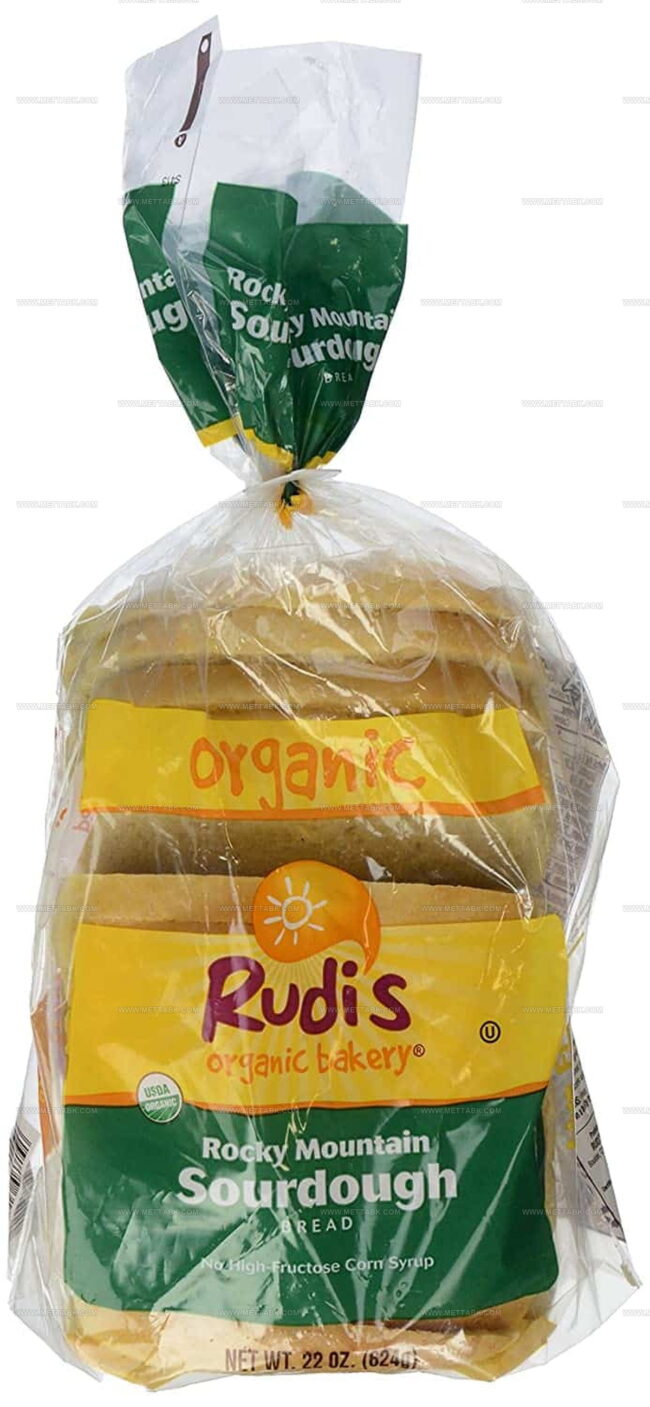
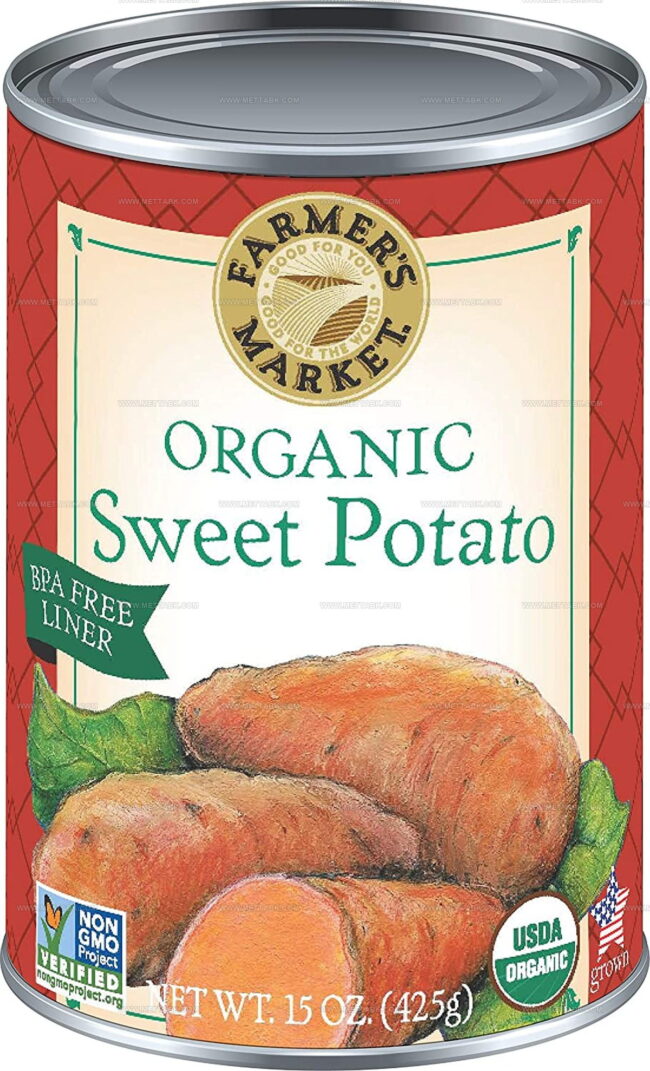
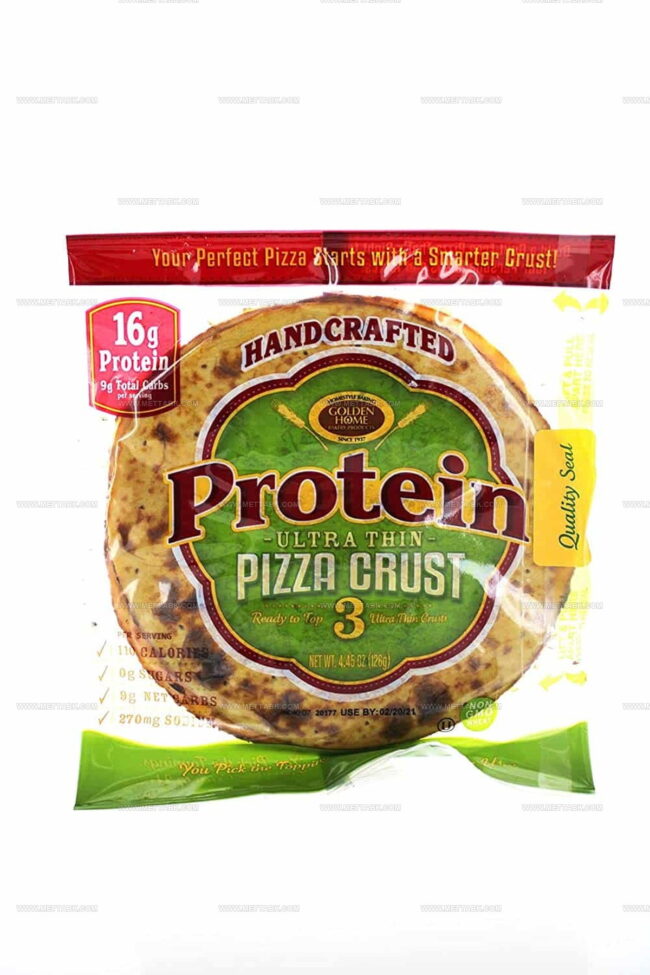
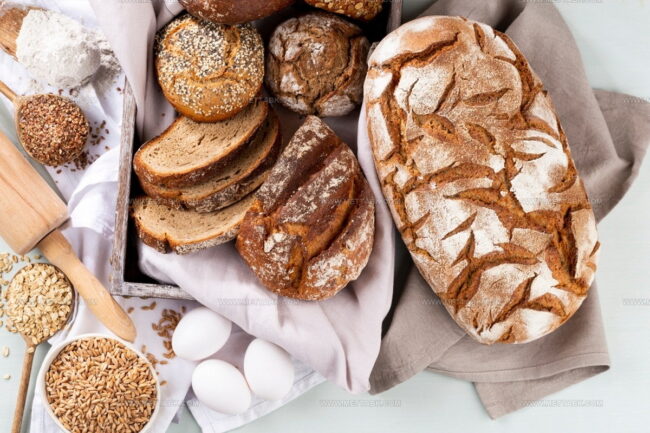
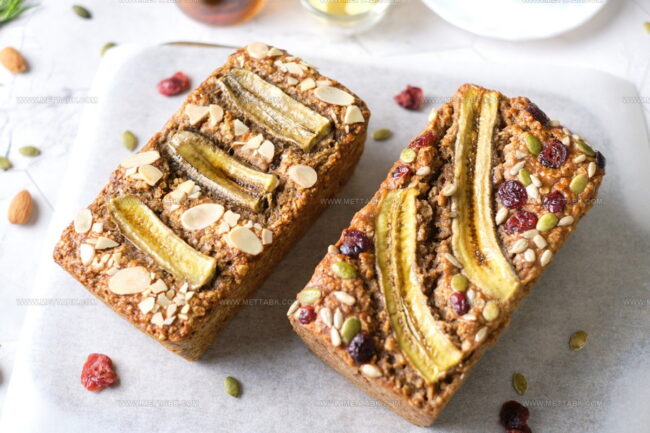
Clara Bennett
Contributing Recipe Developer & Food Writer
Expertise
Baking and Pastry Development, Gluten-Free and Allergy-Friendly Recipe Creation, Culinary Storytelling and Food Journalism, Recipe Testing and Standardization, Southern Comfort Foods and Modern Twists
Education
Sullivan University – National Center for Hospitality Studies
Associate Degree in Culinary Arts
Focus: Baking and Pastry Arts, Recipe Testing, and Culinary Journalism.
Clara specialized in crafting desserts that blend classic Southern comfort with modern techniques, while developing strong writing skills to tell the story behind every dish.
Lane Community College (Certificate Program)
Certificate in Food Writing and Photography
Focus: Culinary storytelling, recipe formatting, food styling, and visual presentation.
Clara’s love of baking started young, powered by homemade pies, biscuits, and stories passed around the family table.
After earning her degree at Sullivan University and a food writing certificate at Lane Community College, she turned her passion into a craft: sharing recipes that are simple, soulful, and always full of heart.
She’s big on bold flavors, flexible ideas, and creating sweets that fit any table (yes, even if you’re gluten-free). When she’s not baking, you’ll find her wandering farmers’ markets, styling food for the next photo shoot, or working on her ever-growing recipe journal.